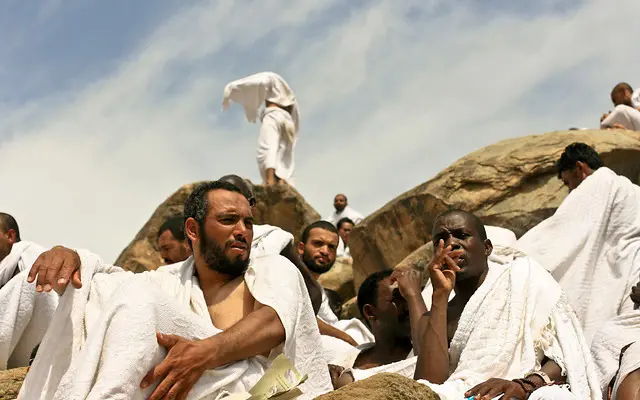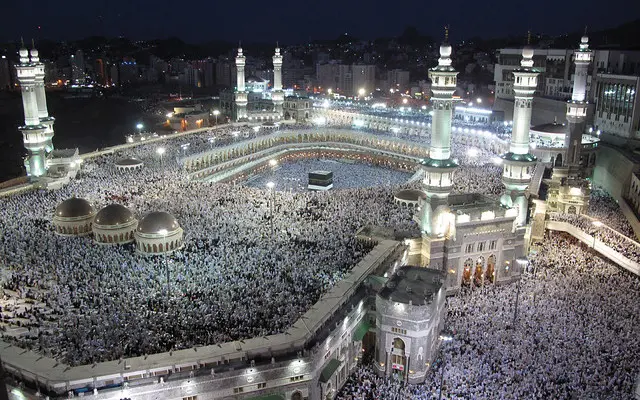Hajj in terms of planning, arrangements & infrastructure
A closer look at the infrastructure and the organizational arrangements that support the massive crowds of pilgrims during Hajj.
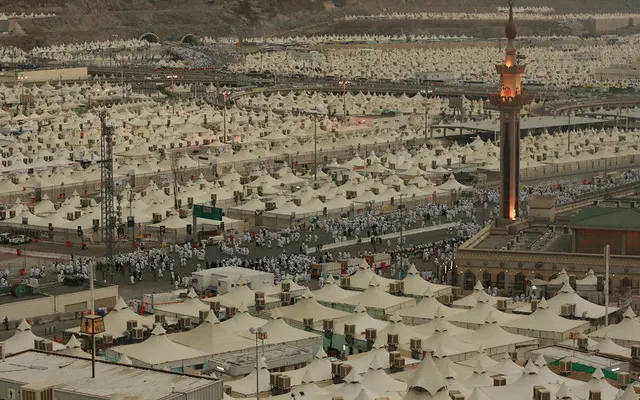
Hajj brings together Muslims from all over the world regardless of their ethnic, cultural and financial differences. It links the pilgrims ritually, socially and politically, which is considered as a symbol of equality and tolerance. Parallel to that, it is a “mega-event” where millions of people gather in a specific location for a restricted period of time in order to conduct a sequence of rituals. These facts put a series of challenges and limitations faced by the local authorities and the State of Saudi Arabia.
Historically, Mecca was visited by a great number of pilgrims compared to its size and the local population. But during the last decades, due to developments in transportation and traveling, this number has increased tremendously. Numerous accidents caused by the overcrowding led to deaths and injuries that made the Saudi authorities to undertake a plan of upgrading the existing infrastructure and adopting techniques and strategies in order to ensure safety.
State initiatives
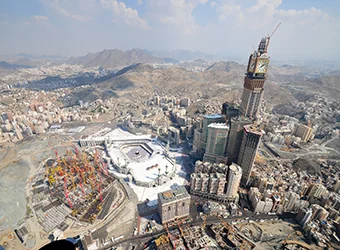
The government of Saudi Arabia recognizing the expanding momentum of Hajj launched several strategic initiatives incorporated into a plan named “vision 2030”. The accomplishment of the targets is pursued and monitored by the “Ministry of Hajj and Umrah” that is responsible for all the issues and arrangements related to the pilgrimage.
Since 1950, a state investment of over 100 billion dollars is addressed to issues like infrastructure, security, hygiene, and many others. As a result of those initiatives, the contemporary facilities can deal with the growing numbers of pilgrims, while they still offer the opportunity of performing all the religious rites in the correct way.
Crowd control
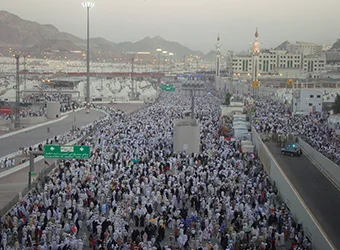
Having in mind a series of incidents like the first serious accident in 1990 when a tunnel stampede led to the death of 1462 people, and the similar tragedy of 2015 that resulted in 700 deaths and 900 injuries, it became obvious that an advanced crowd control approach was more than mandatory.
The new technologies play a significant role and help towards the challenging issue of managing large crowds. The establishment of an electronic control center together with the introduction of the “e-bracelet” program that collects data from the pilgrims and provides them with essential information were two major improvements.
Security
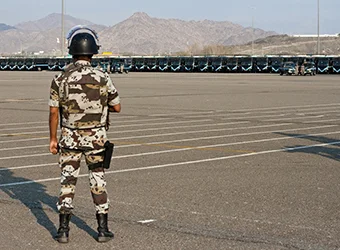
All the pilgrims who wish to visit Saudi Arabia and participate in the Hajj need to ask for a visa. The visa request to the government exceeded the number of 4 million only during the last years. The adoption of a new system called “i-visa” offers the opportunity for an electronic application that is faster and helps the authorities towards broader supervision of the process.
Parallel to that, the government set quotas regarding the number of pilgrims from various countries in order to keep the numbers of pilgrims to balanced and manageable levels. Huge numbers of security forces apply strict controls to vehicles that approach pilgrimage and high crowded areas, while CCTV cameras are scanning the crowds and keep the safety to the highest possible level.
Transportation
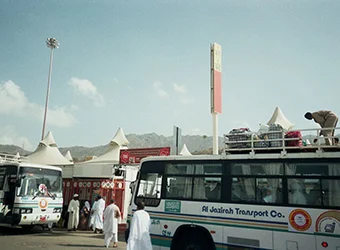
During the last years, the Saudi government followed a project of upgrading the infrastructure at Jeddah and Medina airport by adding terminals in order to increase the capacity during the Hajj pilgrimage. In cooperation with flight companies and countries where many pilgrims are coming from, provide assistant that targets the fast handling of documents and the smooth transfer of the pilgrims to and from Mecca.
Similar improvements have been applied to the road network as well as to the ports covering the need of those who travel by car and through the sea. The traffic conjunction is still one of the main challenges and to a certain extent unavoidable due to the enormous crowds, thus it is said that patience is a mandatory virtue for all the pilgrims.
Facilities
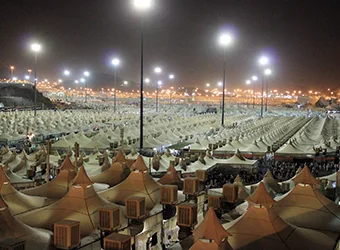
The expansion projects in the two holy mosques and other holy sites, as well as the reconstruction of bridge Jamaraat to a new multilevel one, enabled the millions of pilgrims to perform Hajj on an easier and more convenient way.
The city of Mecca was transformed to the greatest extent during the recent years when hundreds of old buildings were demolished and new facilities including hotels and malls were constructed.
The highlight of the tremendous development in size and infrastructure is the Mecca Royal Clock Tower Hotel which is today the fourth among the world’s tallest buildings and the third largest in floor area. Finally, the modern temporary facilities like the tent constructions in Mina and Arafat improved tremendously the outdoor staying of the faithful.
Assistant management
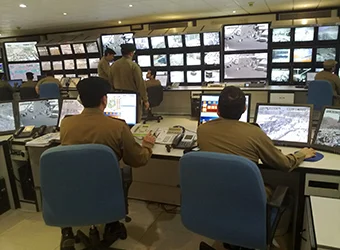
Last but not least, the governments' endeavors to improve the organization and management of the pilgrimage are illustrated to the great number of dedicated Hajj organizers and agents who support and assist the pilgrims.
A range of services including medical and security teams facilitate all the participants. The role of new technologies is significant in this direction since two interactive applications are available for the faithful who use smartphones and provide a range of services and information. In the same way, religious advice related to the performance and the timing of the prayer and rituals is provided by the “Fatwa Robot”.
